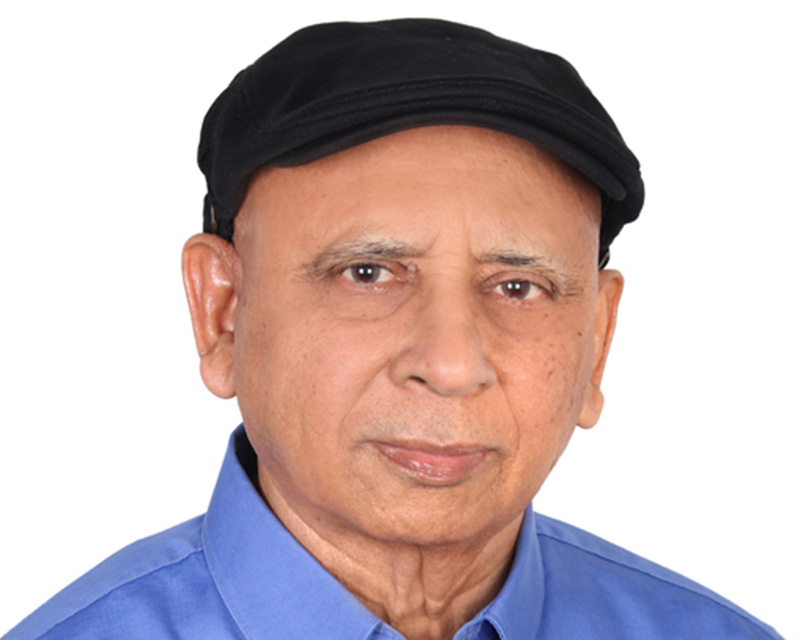- Being able to access, control, and own productive assets such as land, labor, finance, and social capital enables people to create stable and productive lives. For researchers and program implementers, Meinzen-Dick et al (2011) offer a conceptual framework to understand the gendered pathways through which asset accumulation occurs, including attention to not only men’s and women’s assets but also those they share in joint control and ownership.
- Results from eight studies across seven countries in South Asia and sub-Saharan Africa as part of the Gender, Assets, and Agriculture Project (GAAP) show that it is necessary to consider the gender dynamics related to individual and household assets when designing, implementing, and evaluating agricultural development projects (Johnson et al 2015; Quisumbing et al. 2013; Quisumbing et al 2015). The GAAP technical guide provides guidance on qualitative and quantitative tools to help researchers collect data and design and monitor projects to address the gender asset gap.
- Gendered use, control, and ownership of assets affect who within the household can participate in agricultural development projects, and how household members benefit from participation. Unless assets are transferred as part of the project, having the asset often determines who can participate, such as in a dairy value chain project in Bangladesh that aimed to increase productivity of smallholder dairy farmers (Quisumbing et al 2013).
- When men own the assets, they are likely to capture the majority of the benefits—unless project designers make a deliberate effort to change the distribution of benefits. Even when women are designated recipients of assets, such as livestock transferred in the BRAC Targeting the Ultra-Poor Program in Bangladesh, intrahousehold dynamics may change. Women retained control of the transferred livestock, but increased incomes were used to purchase more assets, which were controlled by men. Even if caring for the transferred livestock reduced women’s movement outside the home and control over income, beneficiary women also report “intangible” benefits such as increased social capital and, even with limited mobility, a preference for work inside the home given a hostile environment outside the home (Das et al 2013; Roy et al 2015).
- Asset-grabbing is oft cited as a human rights violation among widows in developing countries. Using nationally-representative data from 15 countries, Peterman (2012) finds that less than half of widows report inheriting any assets, and the proportion reporting inheriting the majority of assets is lower.



